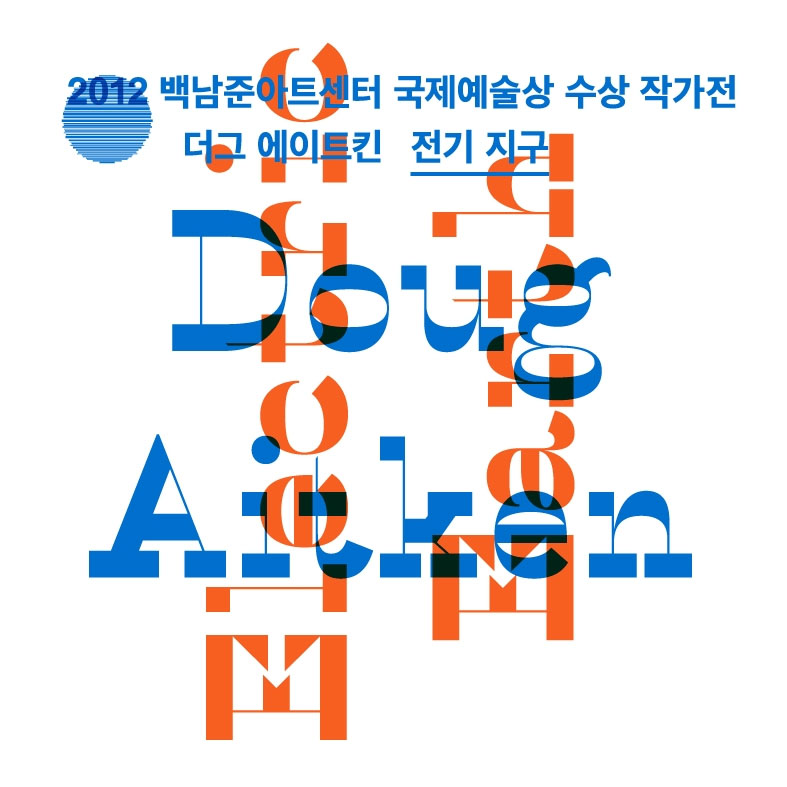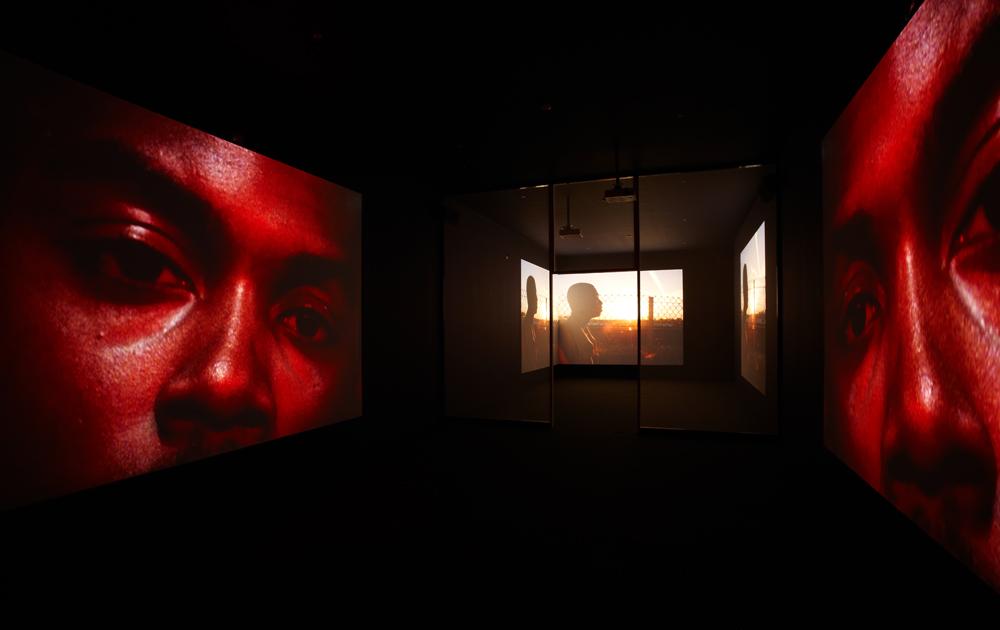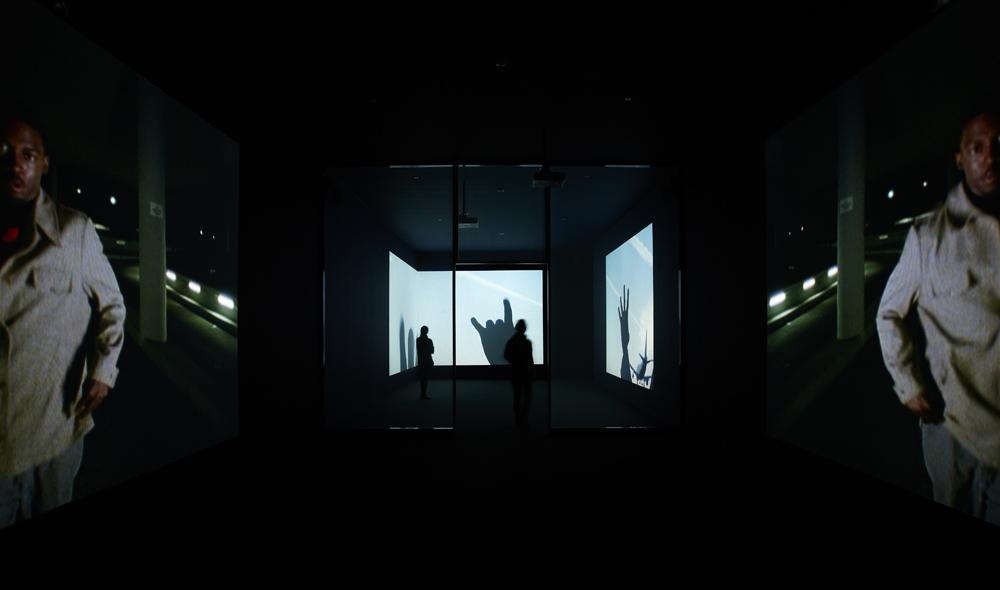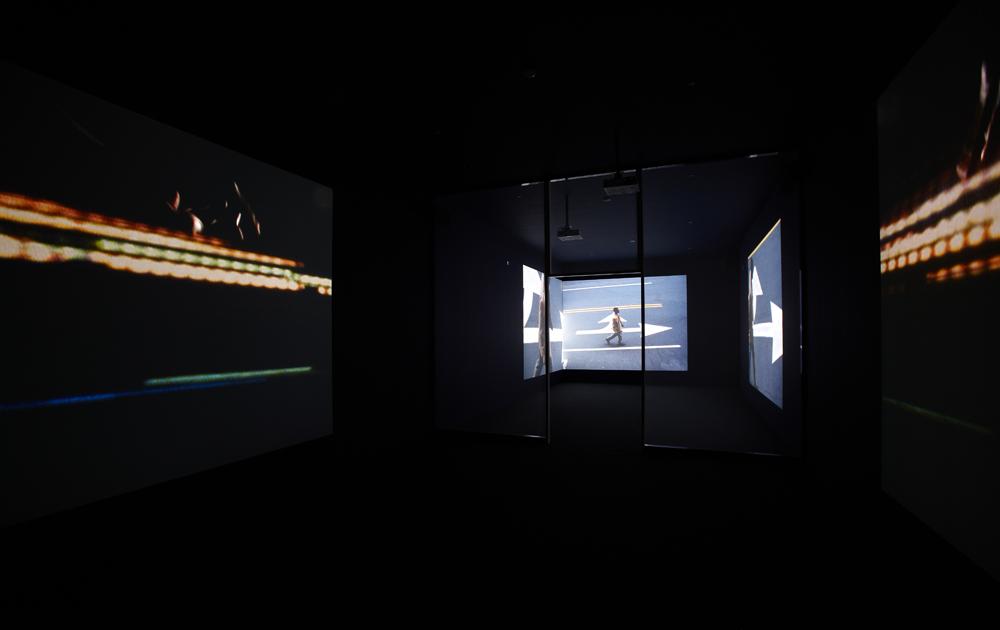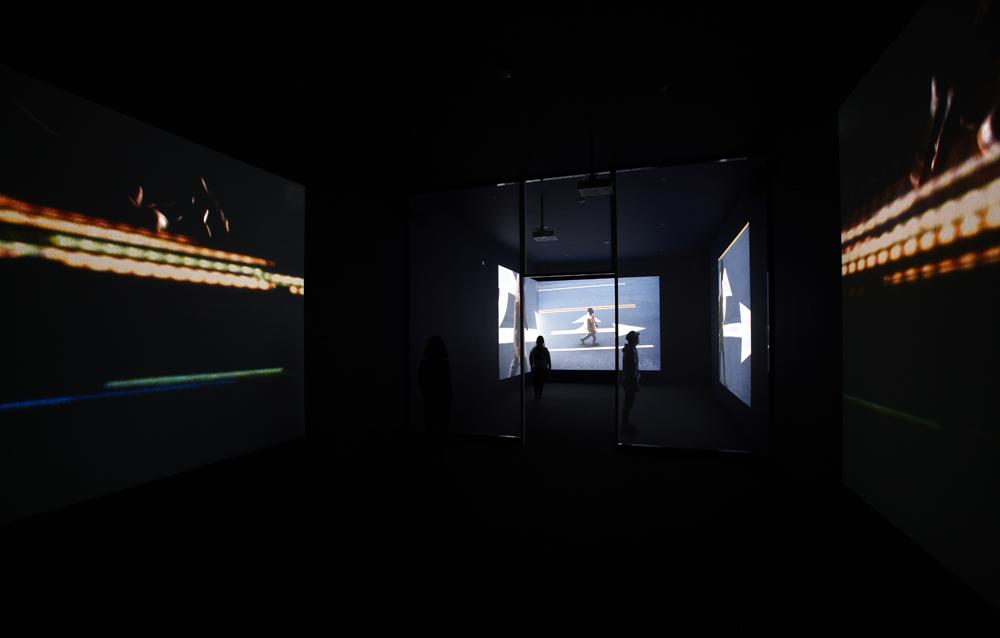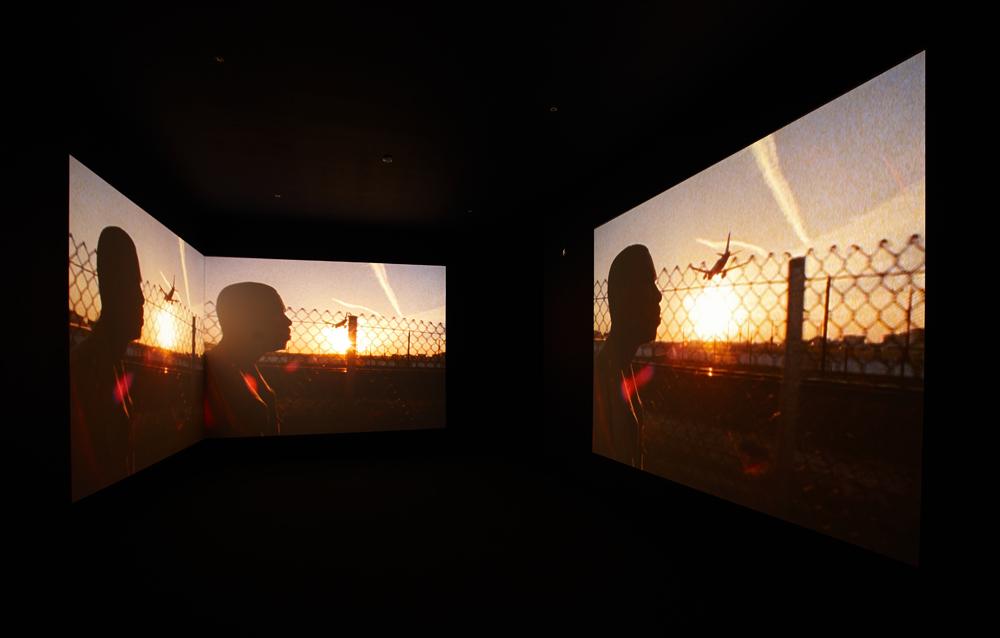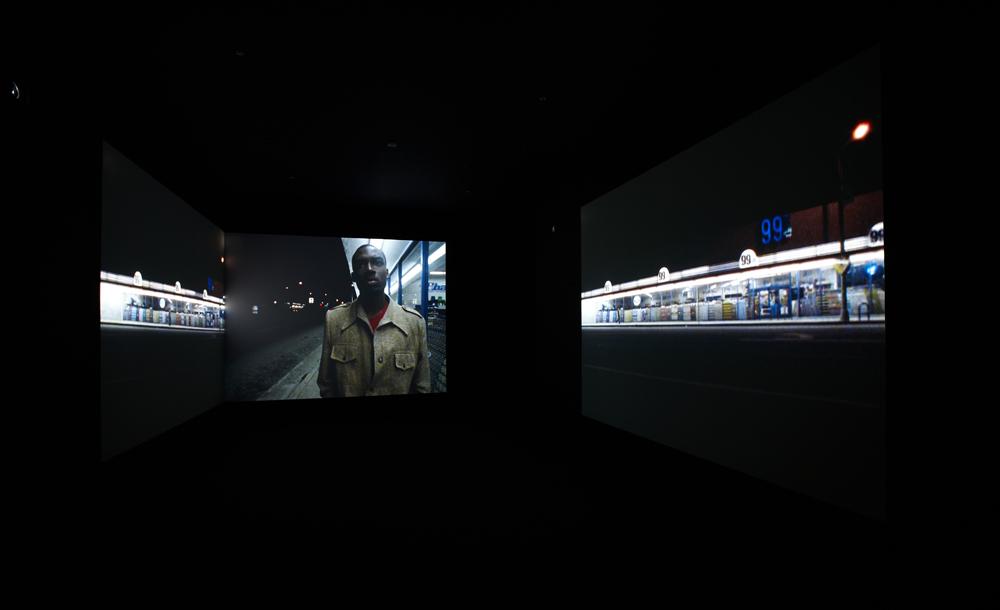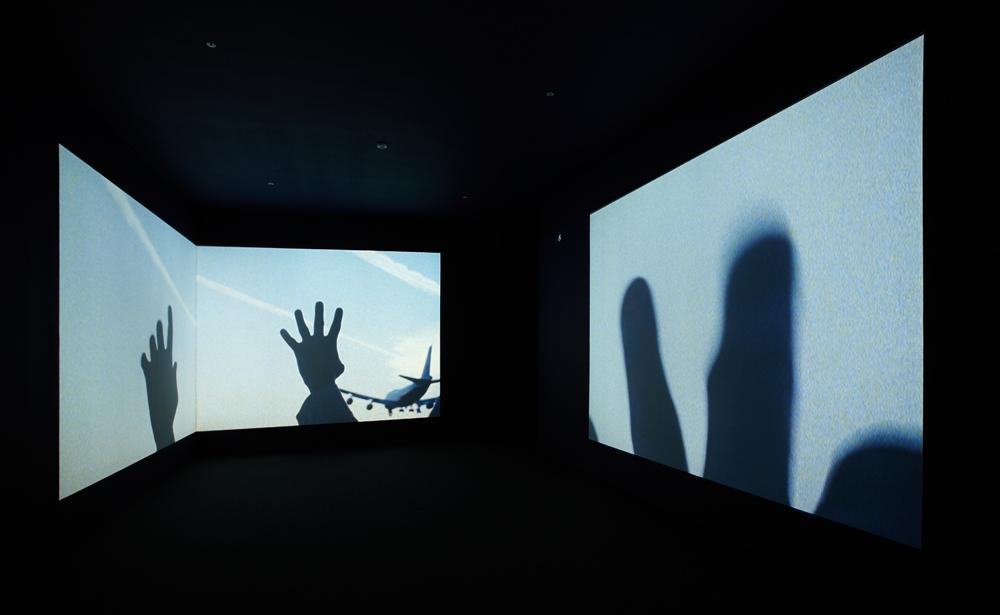Venue : Nam June Paik Art Center Lobby
Date : 6 November 2013 at 3pm
Venue : Seminar Room
Date : 18 January 2014 at 2pm
Venue : Seminar Room
Doug Aitken: Electric Earth
Nam June Paik Art Center is to present a solo exhibition titled electric earth by Doug Aitken, who won the 2012 Nam June Paik Art Center Prize.
Doug Aitken is an artist who deals with a variety of art media in many directions. His work ranges from photography, media, sculpture, and architectural inventions to narrative films, sound, single and multi-channel video works, installations, and performance. Especially, one of the main characteristics of his art world is the exploration of in-between space among different fields of arts such as literature, music, and film. In addition, over the past several years, Aitken has been spotlighted by the international art world with his large-scale outdoor projection works including sleepwalkers(2007), SONG1(2012), ALTERED EARTH(2012), etc.
In Aitken’s moving image works, ceaseless movements are represented as if things float in the air or in the water. Thus, his main topics include travels, crossing of a specific space, or walks in the city. Unexpected situations occurring in the spaces become a main factor that composes the narratives of such films while people as well as environments constantly act and move. His media work is a means of resistance against the unstoppable or sometimes irreversible movements as though the world is destined to move continually by the invisible force. So he chooses a strategy to deconstruct the linear development of narrative in his films and videos. Thereby a new kind of temporality is acquired in the way that plural screens are connected non-simultaneously or displayed by means of time difference and delay.
Aitken is a media installation artist, who puts emphasis on the reception of visual images as well as their structure more than any other artist of his generation introducing film into contemporary art. Accordingly, an installation of multi-channel video projections in a complex architectural space is the key to his work. At times, audiences are led to go through very unique spatial and temporal experiences that general movie theaters don’t offer them, while moving around in a maze-like space.
Considered as a prototype of Aitken’s moving image art, electric earth is an artwork that has still been on exhibit in the world’s major museums and galleries since its first production for the 1999 Venice Biennale. The protagonist of the film, who is the last person on earth, subconsciously synchronizes with the pulse and rhythms of the desolate urban environments he wanders through. These are places where dreams and reality intersect and where the movement of time is reflected in the accelerating landscape. A vacant ground near the airport, a car wash, a supermarket parking lot, and an automatic laundry provide a background for different sequences. These sequences are edited like a ‘seamless patchwork’ employing the radars of the airport, sharp diagonal street lights, rotating security cameras, and glaring brake lights as an articulation of sequence shifting.

Doug Aitken was born in California in 1968 and currently lives and works in Los Angeles and New York. He graduated from Art Center College of Design in Pasadena, California. Since the 1997 Whitney Biennial in which he participated, Aitken showed his daedal and astounding works in his solo and group shows at museums throughout the world such as MoMA in New York, Museum of Contemporary Art, Los Angeles, Serpentine Gallery in London and Centre Pompidou in Paris. He has won many prestigious prizes: Golden Lion for the Best Artist of the international exhibition at the 1999 Venice Biennale for his electric earth; the Larry Aldrich Award(2000); the First Prize, the German Film Critics’ Award at Kunst Film Biennale in Germany(2007); the Aurora Award at Aurora Picture Show in Houston(2009).
Aitken has been producing large-scale open-air projects that utilize the outer walls of buildings. sleepwalkers(2007), a large-scale projection project shown at MoMA in New York, turned the Manhattan area into an extended movie theater by using the exterior walls of the buildings queued in the streets of Manhattan including the building of MoMA. In 2009 he collaborated with INHOTIM in Brazil for the construction of a Sonic Pavilion(2009) in the midst of a forest in Brazil. From that time on, Aitken has been carrying out various projects in which video installation and performances are aggregated at diverse zones such as open-air spaces and barge as exemplified by his works such as Frontier(2009) and Black Mirror(2011). In 2012 Aitken introduced his monumental work entitled SONG 1(2012) which consisted of the images projected through eleven high definition projectors onto the exterior of the cylindrical wall of the Hirshhorn Museum building in Washington D.C. with music played in the background. Station to Station(2013) was a “nomadic happening” directed by Aitken – a train filled with diverse artistic projects – traveling westward across the country during three weeks of September 2013.














